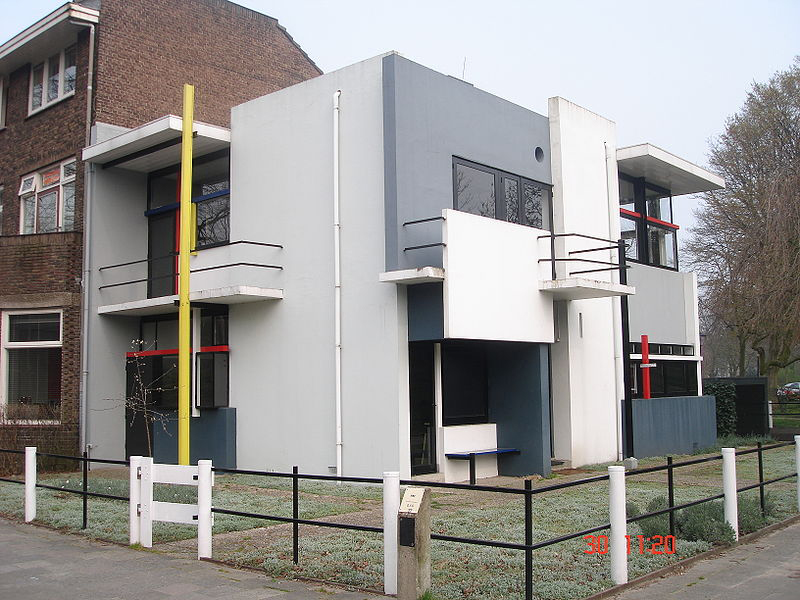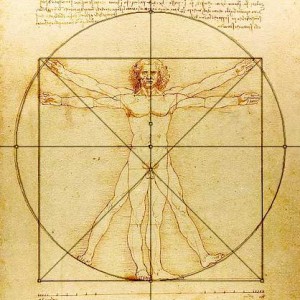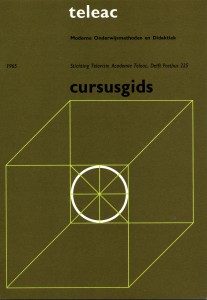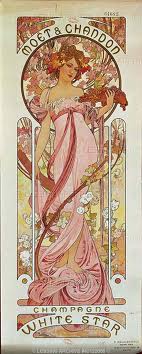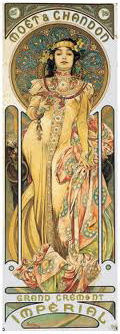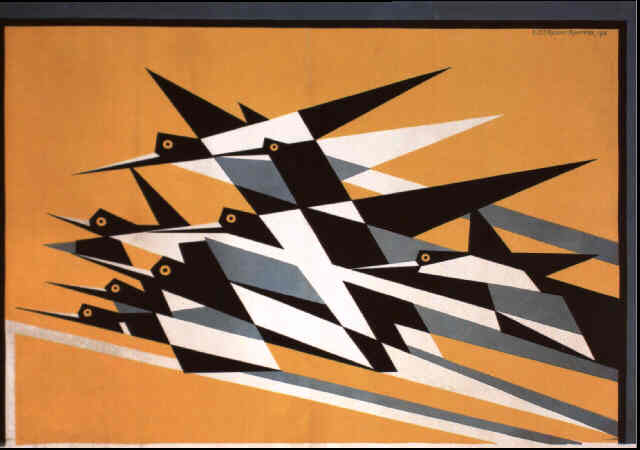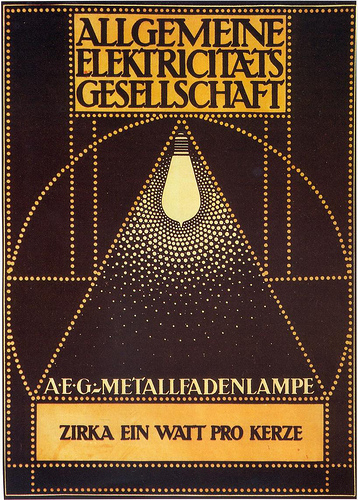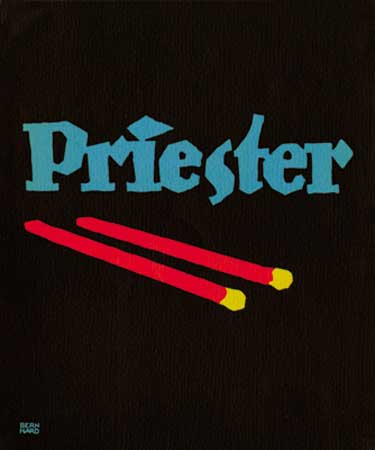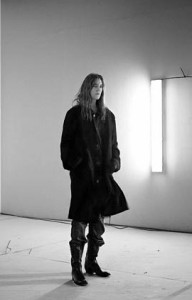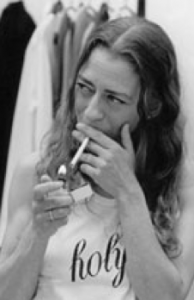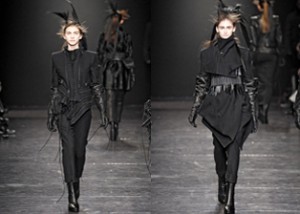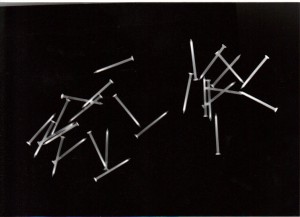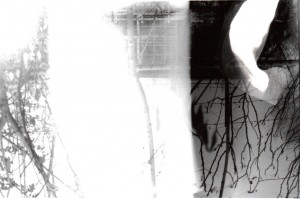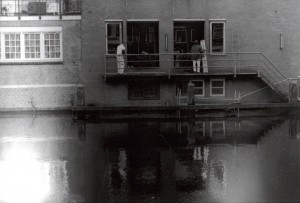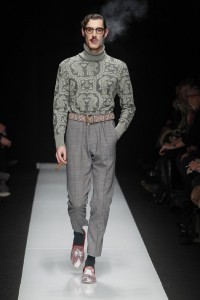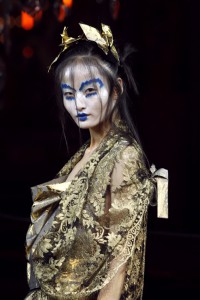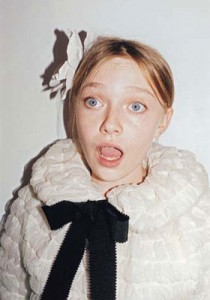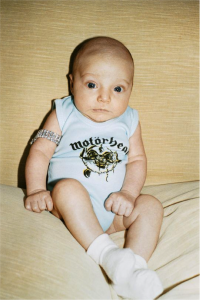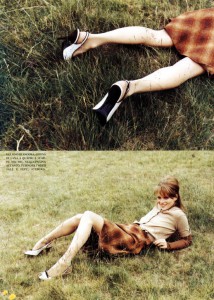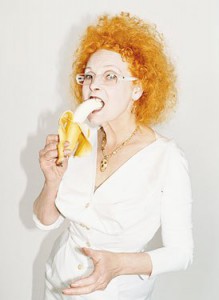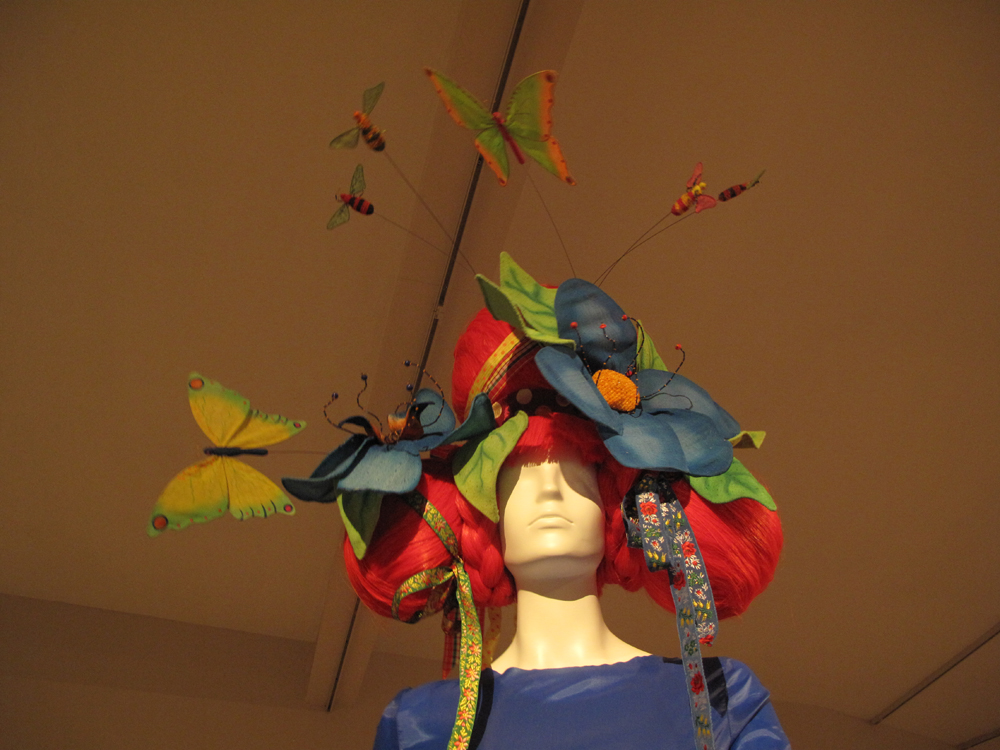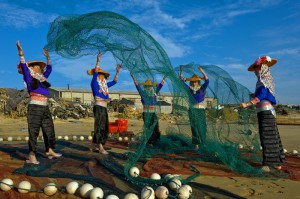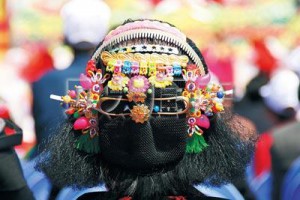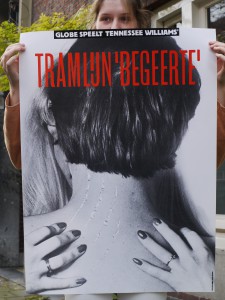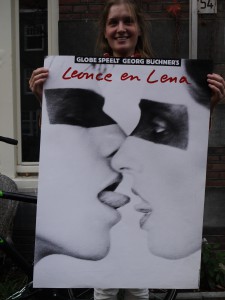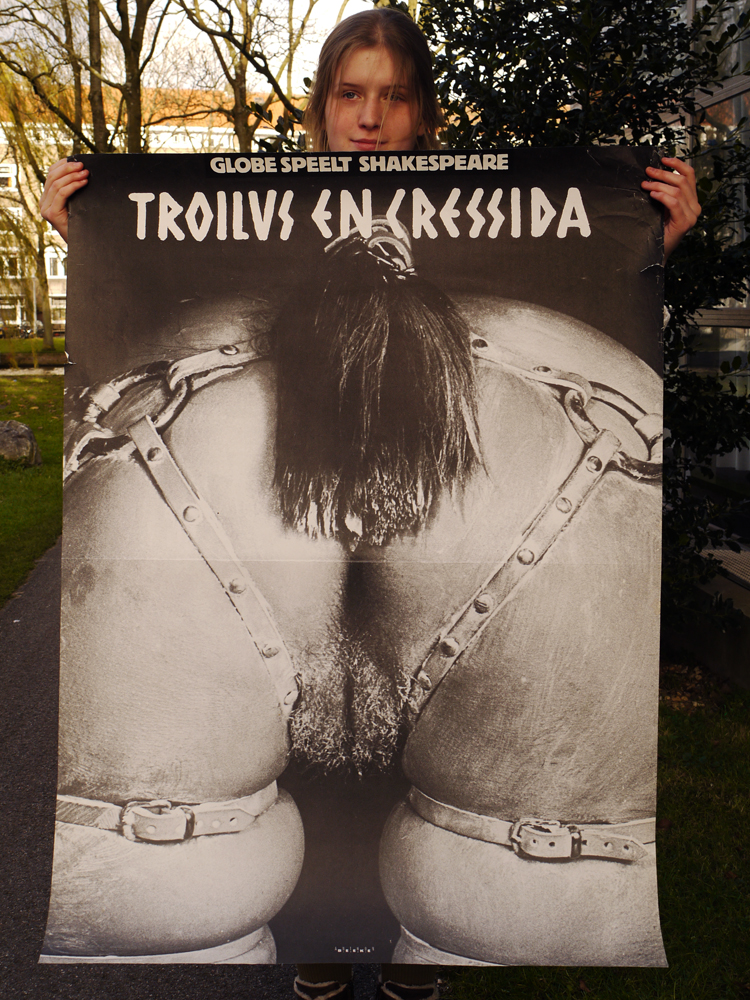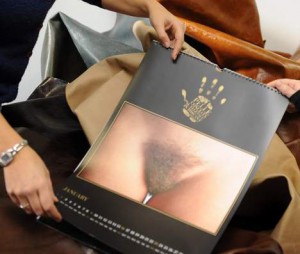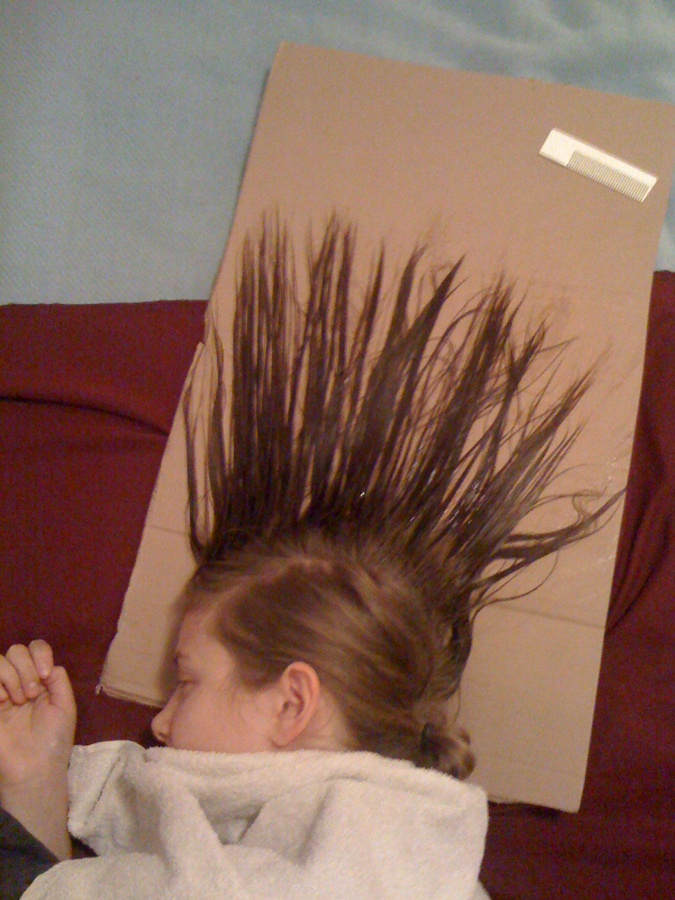First of all, I already studied fashion design during a year. I know it’s not long period, but I have my own preference about fashion design which is simple. But As you know, Walter Van Beirendonck’s work is not simple is more like an overstatement to me. Honestly, When I first looked around his exhibition in ‘MOMU’, It did not really impress me. Just another ‘Fashion’ show room. Moreover, I really felt a headache. There were various colored clothes, even it’s figure. But after exhibition I realized it’s not the same compared to any other showing room. That is more detailed. This means it’s not just for ‘Looking-Good’, but also his philosophy. It is a completely unique perception of beauty to me. It is not only shape, His view-point and spectacular fashion, socially critical themes touched his designs. (HIV, Alien, Exteriority, Exotic Culture, mass consumerism, Warfare of World, et c.)
He combines this with his fascination for technology, high-tech materials, multimedia and experimentation with sharp, critical statements. He usually tests the limits of beauty, giving his own interpretation of concepts that society imposes on us. And how he works today’s important themes into his collections and presentations.
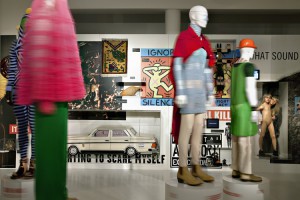
Actions/Reactions sector in 'MOMU'
In his collections, I researched about ‘Actions / Reactions’.
He incorporates themes such as AIDS, the burqa (Muslims female cloth) debate, mass consumption, ecology and capitalism. He likes to compare the way he does this with the richly imaginative way that people in West Africa deal with tragic events, such as death, by burying their dead in coffins sculpted in the shape of an automobile, and onion or other fantastic forms. Actually even I had no knowledge about this.
This collection has focus on controversial issues and social statements. I think that is very important because of fashion; clothes is a good way to implement and give a message. Through a very basic behavior, wearing clothes. So, I think, Fashion has to be more mass influenced. Like a symbol. In this regard, I found that he tried to communicate face to face. In my view it is like a demonstration without sound.
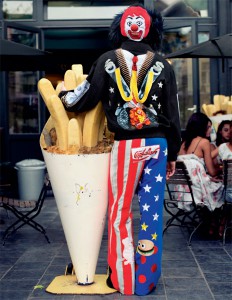
Mr.Greedy
I think he is the most socially engaging in the collection Stop Terrorizing Our World. (S.T.O.W.) In my view, As can be seen in the picture, they represent the protagonist, who are important in our contemporary world. The Exterminator, for example, with all the diseases around the world, such as AIDS, overpopulation, fevers, and so on. Mr. Greedy stood for America and the fast food industry. However horrible or difficult the issue, his message is always a fundamentally positive one, with a powerful belief in progress and change.
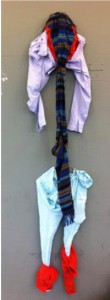
After being inpired by him,
I destroyed and reconstructed clothes.
5 years ago, I read Che’s biography. I still remember his words; “Soyez réalistes, demandez l’impossible!” – Be realistic, demand the impossible!
I know, Walter didn’t demand to solve an impossible problem. Its a hard one to solve, even if everybody knows these problems. In my view, Walter will be more affective than che ever was. Even if he were still alive! I will really expect his forward move. He is a mastermind to me.
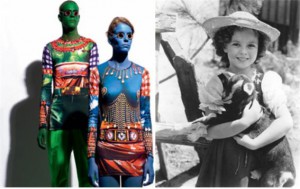
He was inspired by 'Heidi' animation.
Additional, I found some reference example that interested me.
In ‘KILLER / ASTRAL?TRAVEL / 4D-Hi-D’ printed with a picture of Heidi and a goat with green ‘devil’s eyes’ and the slogan ‘Fatal attraction’ in flock print (referring to HIV) leather dogs collar, shorts (‘feed up’) in imitation leather socks printed with dolls motifs, leather shoes, nylon masks with the inscription Terror Time.

American president Ronald Reagan with Confetti
In ‘STOP TERRORIZING OUR WORLD’ suit in cotton with embroidered slogans in Japanese and Arabic letters (referring to the ecological problems at the north and south poles and in the amazon), loose hood trimmed with imitation fur, shirt in cotton embroidered with slogans, leather shoes. kind of like the environment movement. And “Mr. Greedy bomber” jacket in wool with embroidered motifs such as American president Ronald Reagan in a clown costume on a rocket, woolen trousers with ‘stars & stripes’ motif, loose hood edged with imitation fur and embroidered Ronald McDonald figure and dollar signs, knitted jumper in wool, T-shirt in man-made fiber, make-up; confetti.
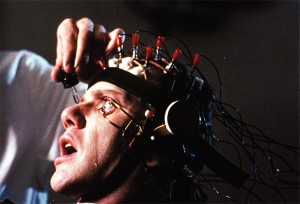
'A Clockwork Orange' by Stanley Kubrick
I want to call it “Questions / Answers” Also his work will be an answer about nowadays’ topics. I think he expects, after I saw/wore his artwork, to change our thought and behavior. It is like a silent revolution.
Finally, during investigations I found an inspiring ‘AnOther‘ article about him.
some more interesting articles/links are:
Expo Walter van Beirendock@MoMu on Belmodo.tv
Mode Museum's "Dream the World Awake" on MoMu.be
Flanders Fashion Institute blog
Walter van Beirendonck's own Vimeo channel
and the MoMu exhibition booklet
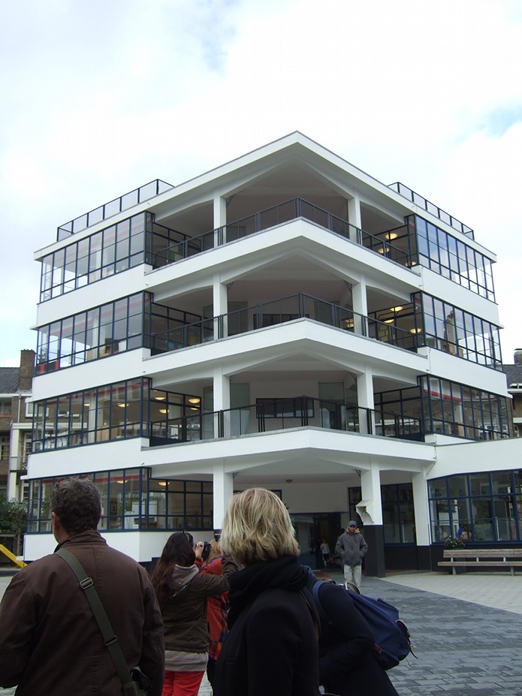
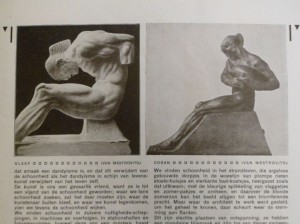
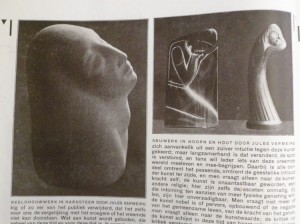
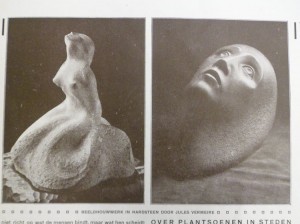
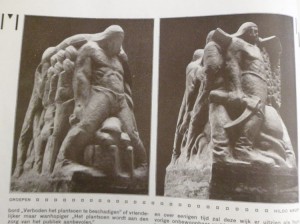
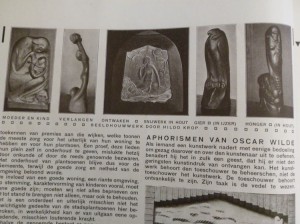
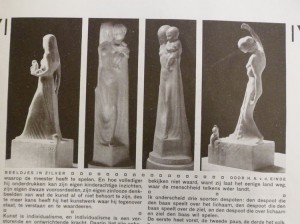
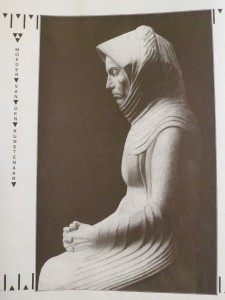

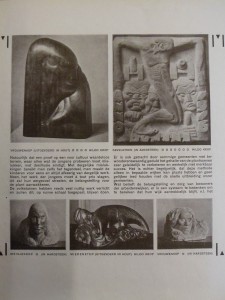
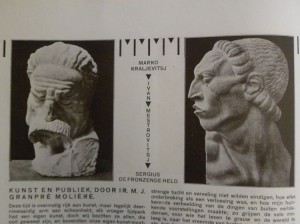
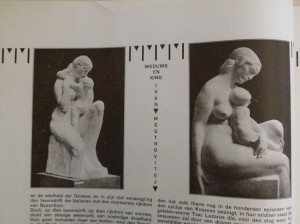
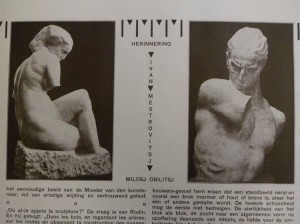
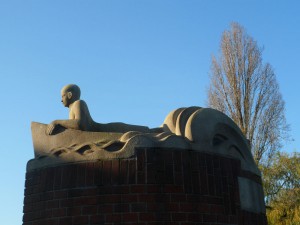
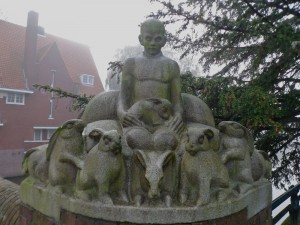
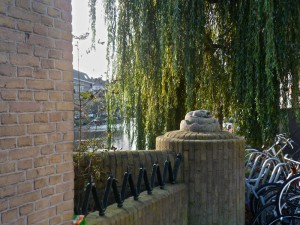
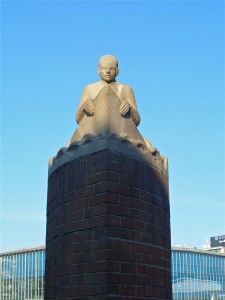


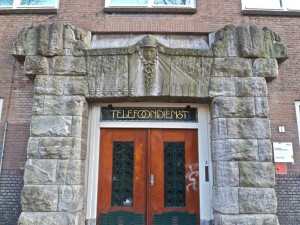

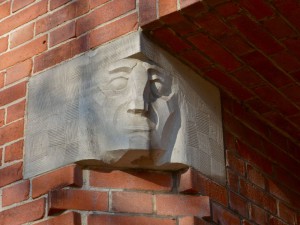
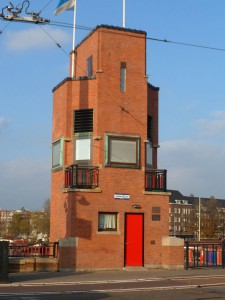
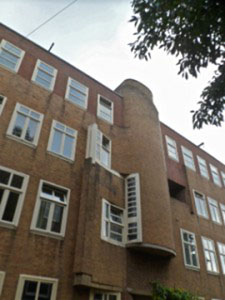


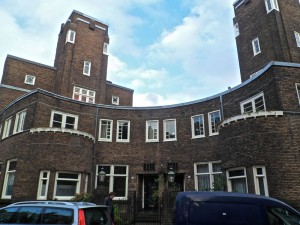
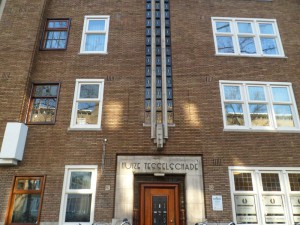
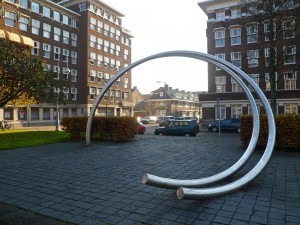
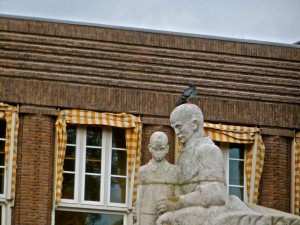
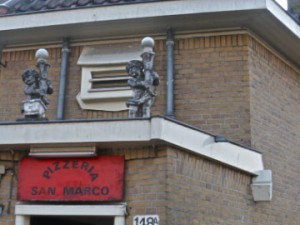



![Rietveldacademie 1967 designed by Gerrit Rietveld [Het Nieuwe Bouwen]](https://designblog.rietveldacademie.nl/wp-content/uploads/2011/11/Rietveldacademie.jpg)

![Openluchtschool 1930 by Jan Duiker [Het Nieuwe Bouwen]](https://designblog.rietveldacademie.nl/wp-content/uploads/2011/11/MarnixH_Duiker_small.jpg)

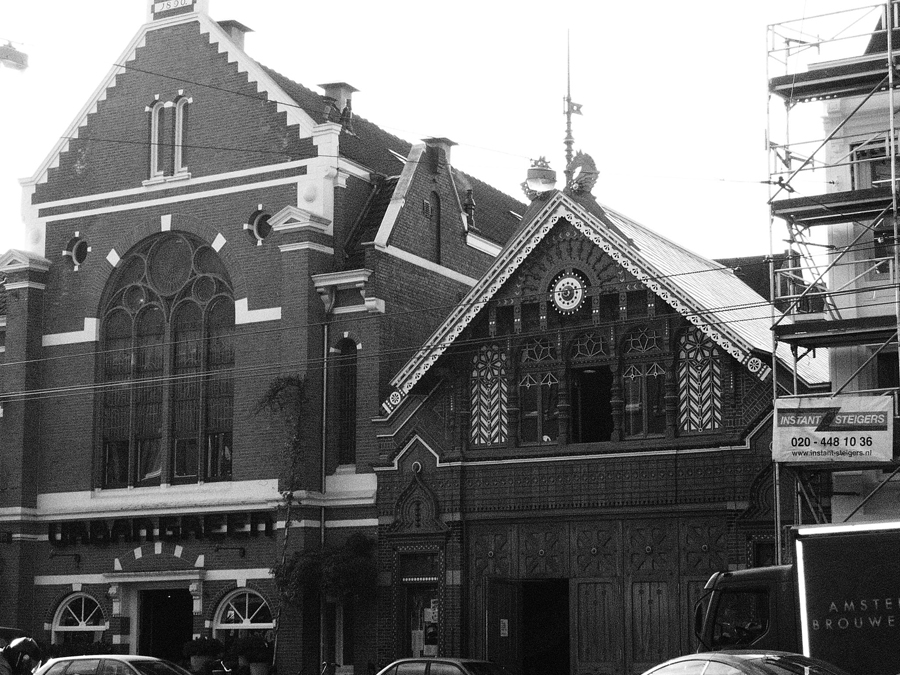


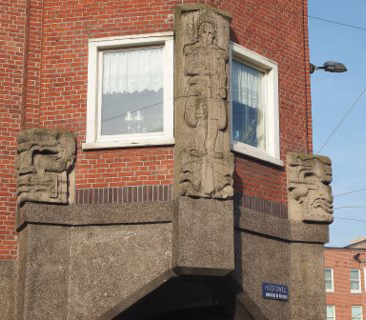
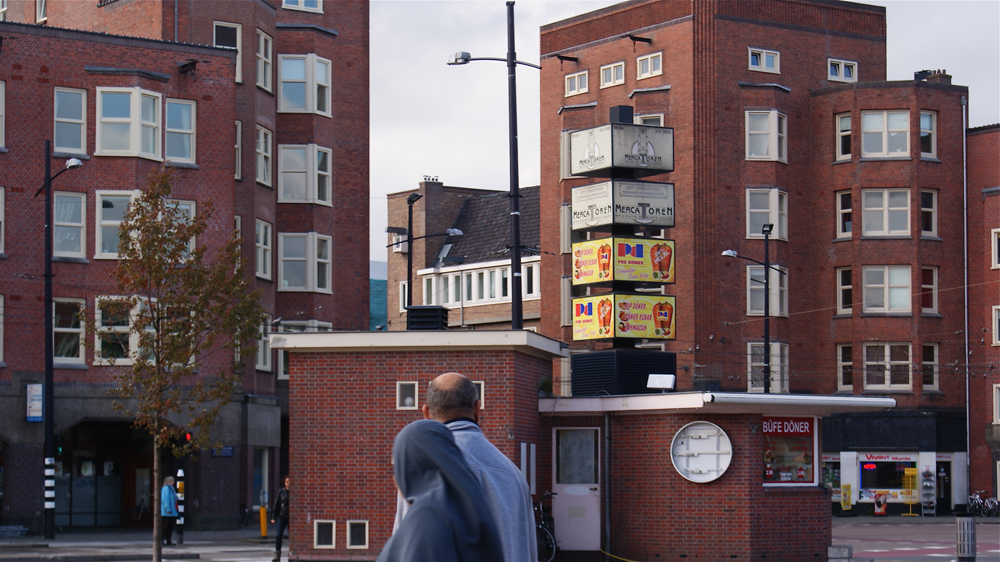
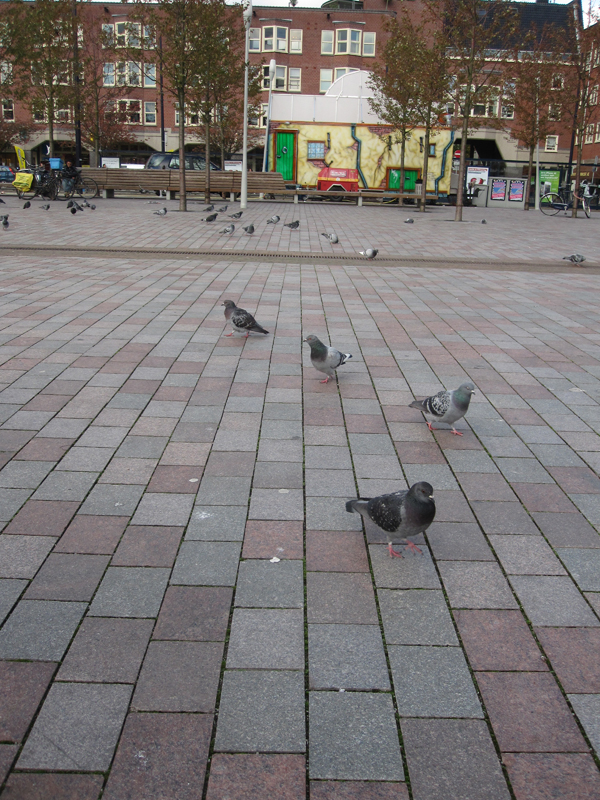
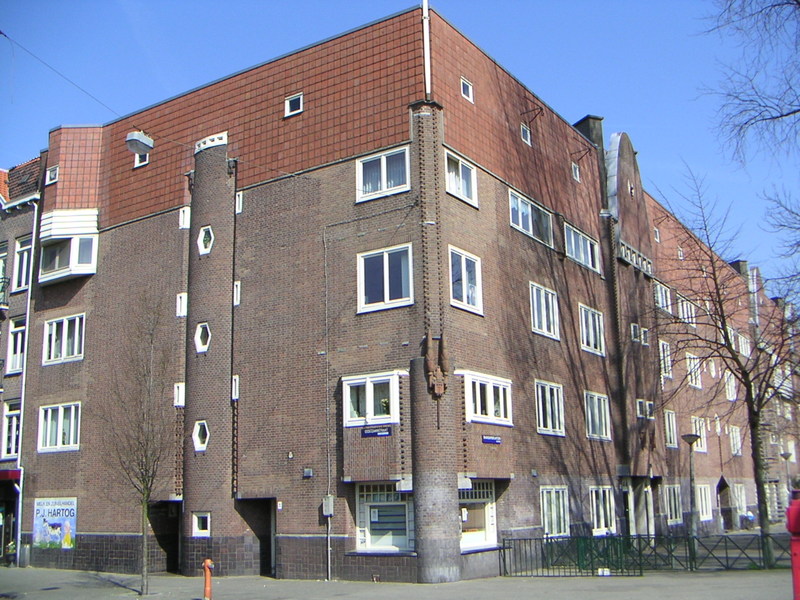
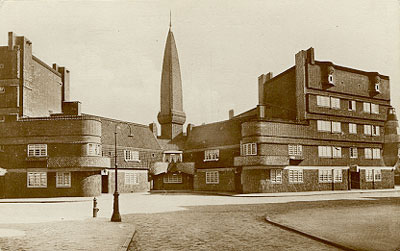

![De Bourse 1903 designed by H.P. Berlage [Dutch Traditionalism]](https://designblog.rietveldacademie.nl/wp-content/uploads/2011/11/deBeursVanBerlage.gif)

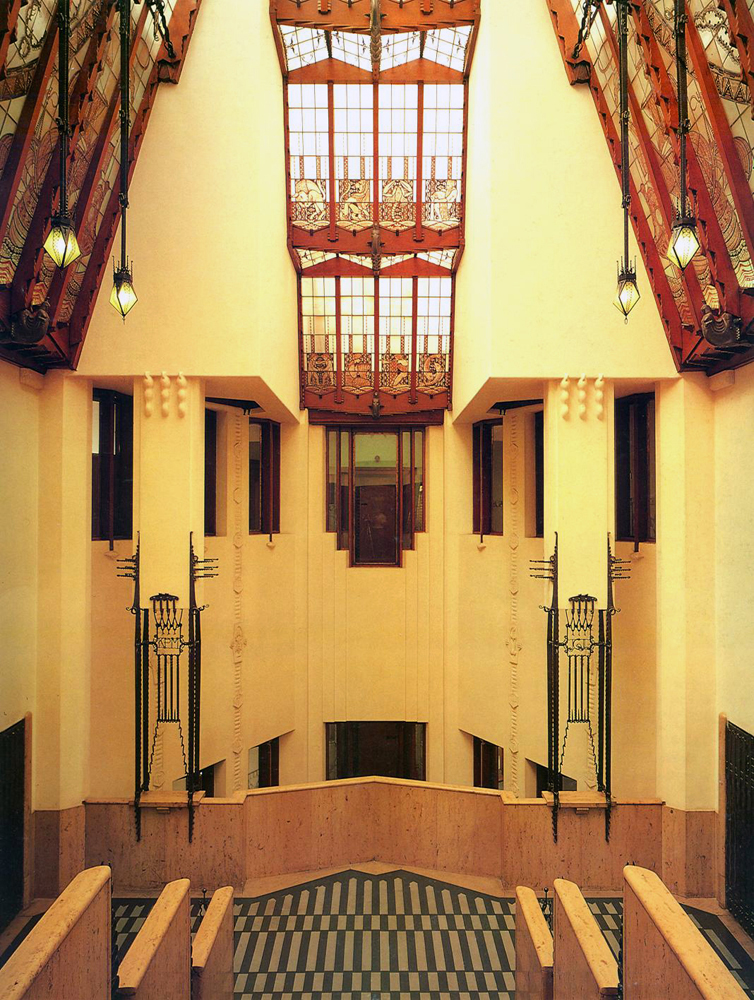
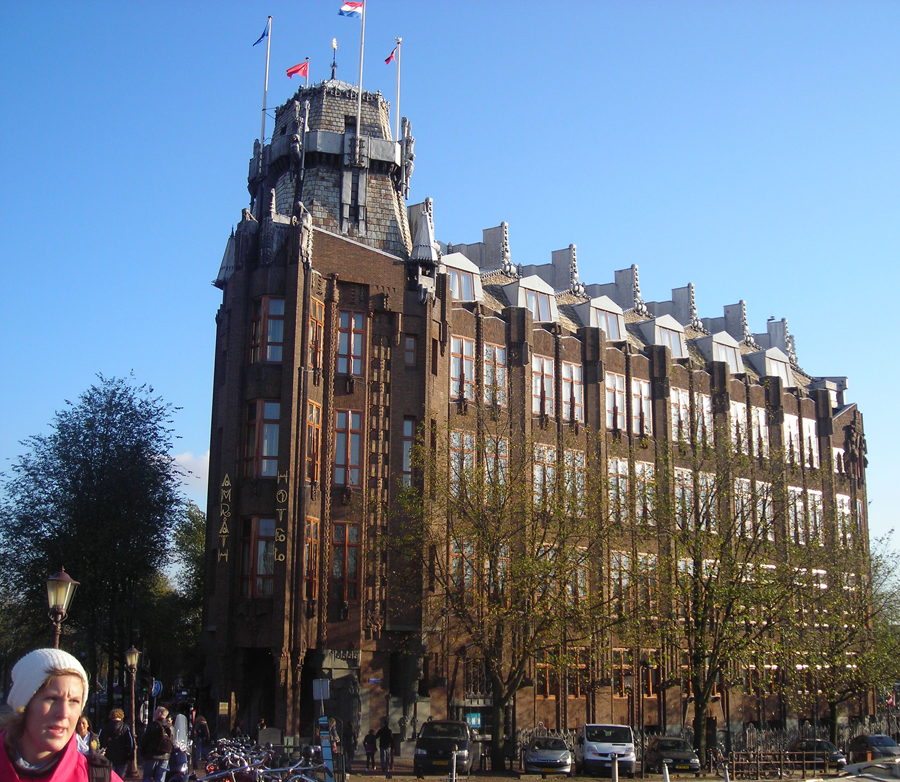
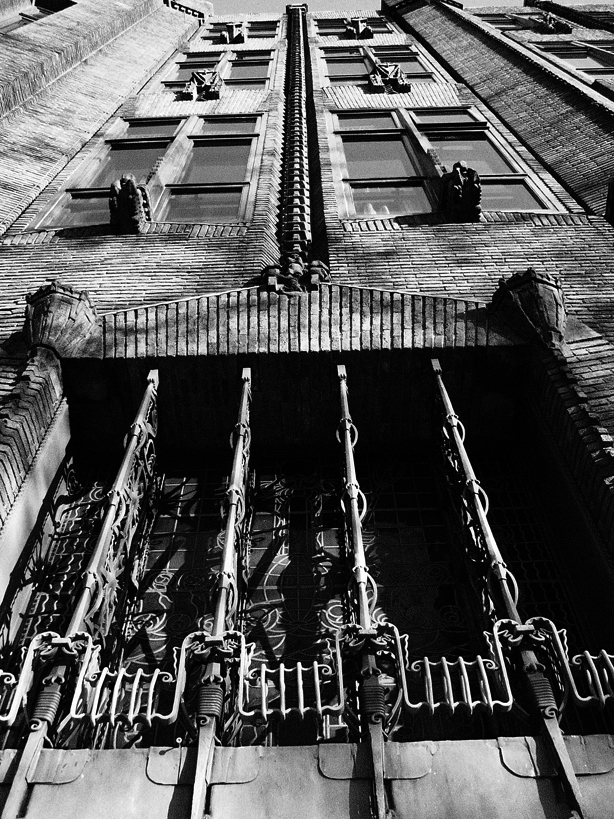

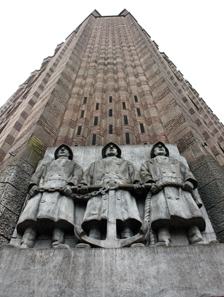
![public exhibition space [the vault] of De Bazel City Archief](https://designblog.rietveldacademie.nl/wp-content/uploads/2011/11/Kelder_De_Bazel.jpg)
![4 houses 1931 designed by Gerrit Rietveld [Het Nieuwe Bouwen]](https://designblog.rietveldacademie.nl/wp-content/uploads/2011/11/Rietveld_Utrecht.jpg)

